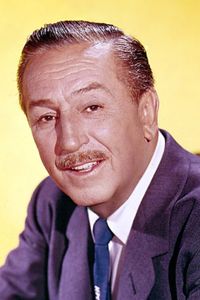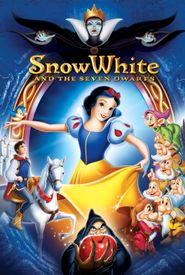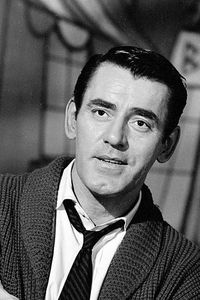Walter Elias Disney, better known as Walt Disney, was born on December 5, 1901, in Chicago, Illinois, to Flora Disney (née Call) and Elias Disney, a Canadian-born farmer and businessperson. He had Irish, German, and English ancestry.
Walt moved with his parents to Kansas City at the age of seven, where he spent most of his childhood. During World War I, he faked his age to join the American Red Cross at 16. He soon returned home, where he won a scholarship to the Kansas City Art Institute.
At the institute, he met fellow animator Ub Iwerks, and the two set up their own company. They created a series of animated shorts for the Newman theater chain, entitled "Newman's Laugh-O-Grams." However, their company soon went bankrupt.
In 1923, Walt and Ub went to Hollywood, where they started work on a new series, "Alice Comedies," which was distributed by M.J. Winkler. Walt was backed financially by Winkler and his older brother Roy O. Disney, who remained his business partner for the rest of his life.
Walt then started work on a series around a new animated character, Oswald the Lucky Rabbit. However, in 1928, Walt discovered that M.J. Winkler and her husband, Charles Mintz, had stolen the rights to the character away from him.
While taking the train home, Walt started doodling on a piece of paper, resulting in the creation of Mickey Mouse. With only Walt and Ub to animate, and Walt's wife Lillian Disney and Roy's wife Edna Disney to ink in the animation cells, three Mickey Mouse cartoons were quickly produced.
The first two didn't sell, so Walt added synchronized sound to the last one, Steamboat Willie (1928),which premiered to great success. Many more cartoons followed, and Walt became a household name.
In 1929, Walt created the 'Silly Symphonies,' a cartoon series that didn't have a continuous character. They were another success, with one of them, Flowers and Trees (1932),being the first cartoon to be produced in color and the first cartoon to win an Oscar.
Walt also started work on a cartoon that ran the length of a feature film, which everyone in Hollywood called "Disney's Folly." However, Snow White and the Seven Dwarfs (1937) was a huge success, winning critical raves and the adoration of the public.
Walt continued to produce animated features, including Pinocchio (1940),Dumbo (1941),and Bambi (1942). He also started producing live-action films, with Treasure Island (1950).
In the mid-1940s, Walt began producing "packaged features," essentially a group of shorts put together to run feature length. By 1950, he was back with animated features that stuck to one story, with Cinderella (1950),Alice in Wonderland (1951),and Peter Pan (1953).
Walt also started producing live-action films, with Mary Poppins (1964),which mixed live-action with animation. It is considered by many to be his magnum opus.
Walt Disney died of a heart attack following cancer surgery on December 15, 1966, at the age of 65. However, his legacy continued to flourish, with his company still producing animated and live-action films and overseeing the still-growing empire started by one man: Walt Disney.


































































































































































































































